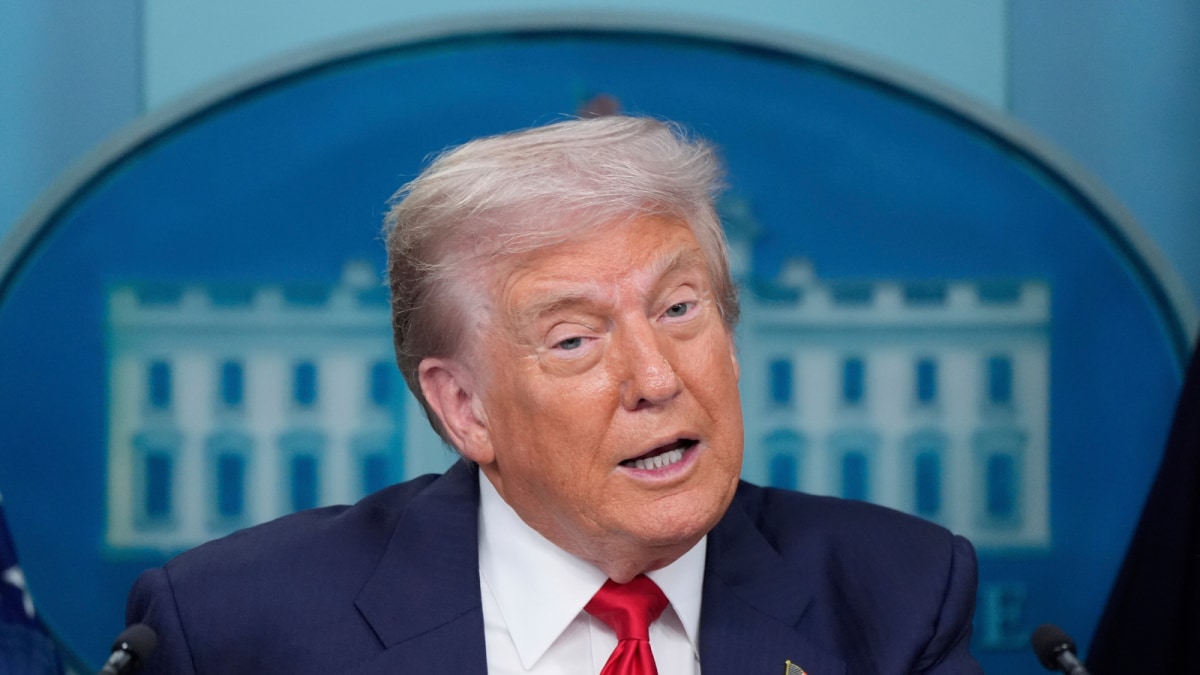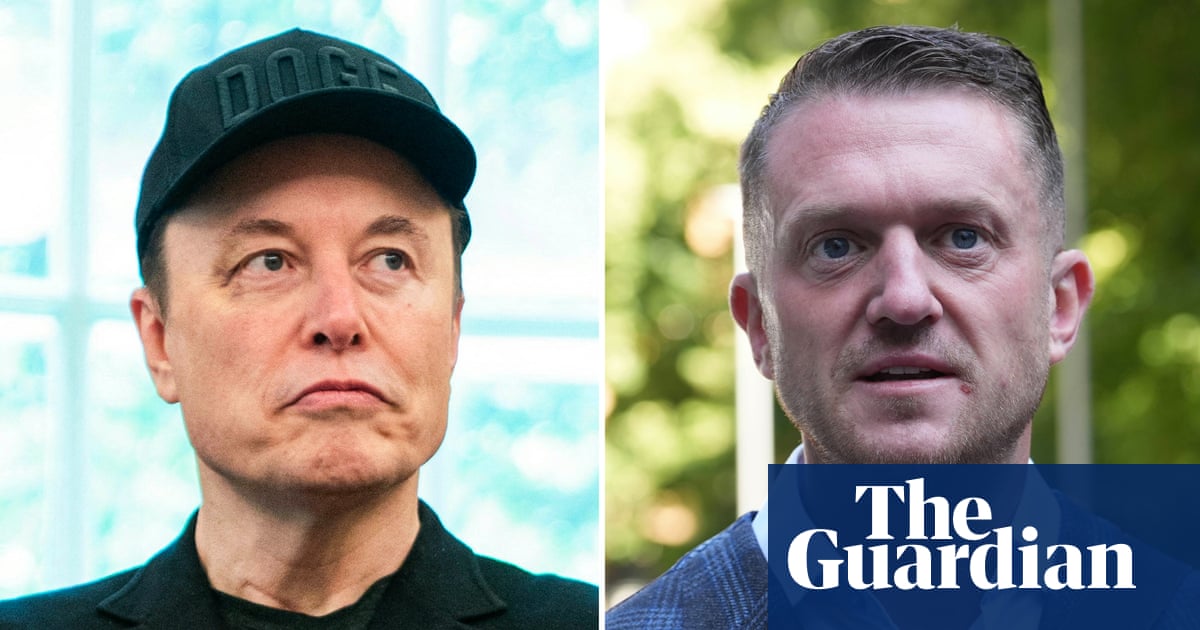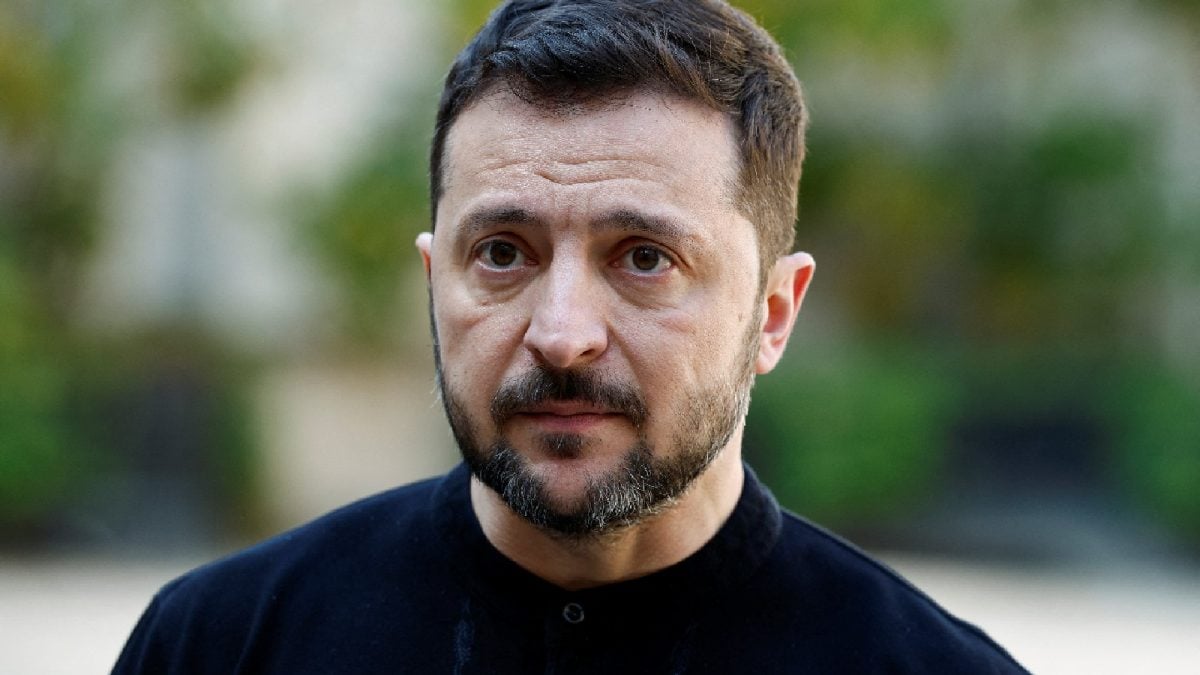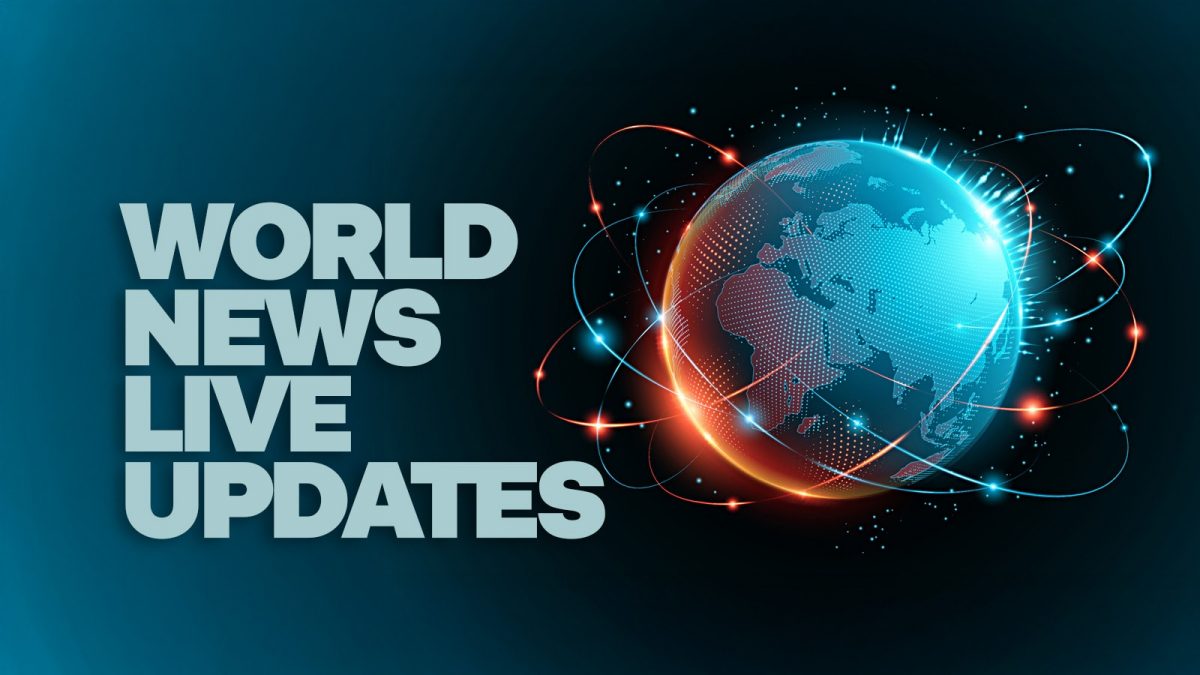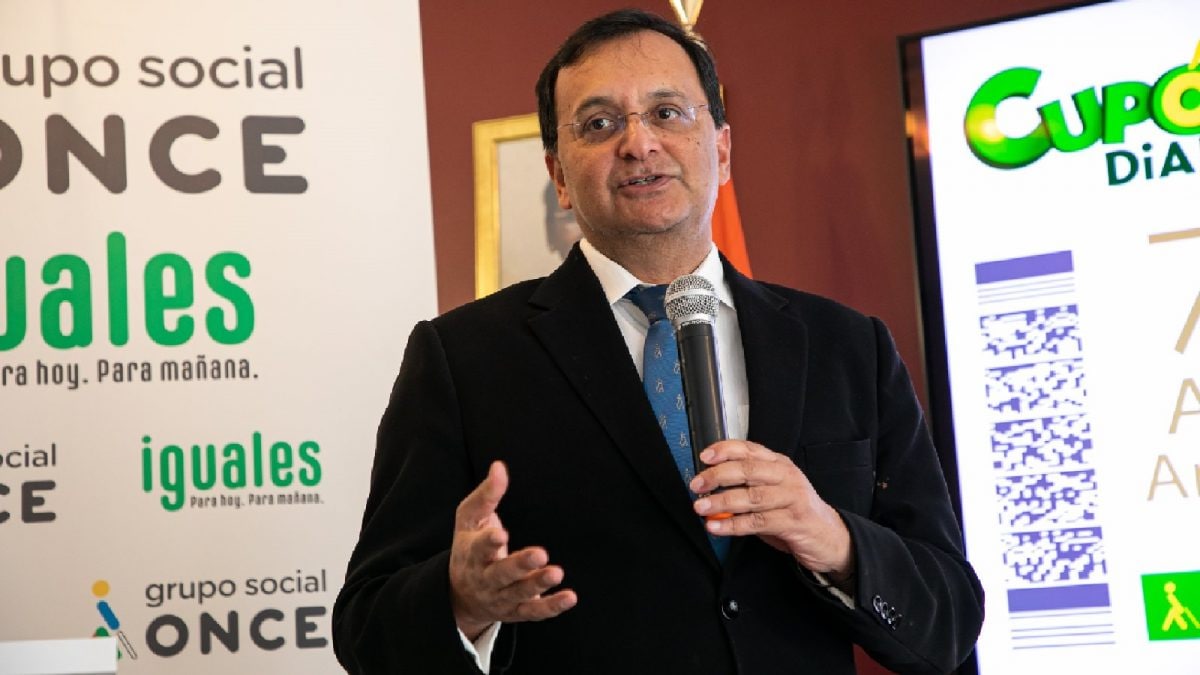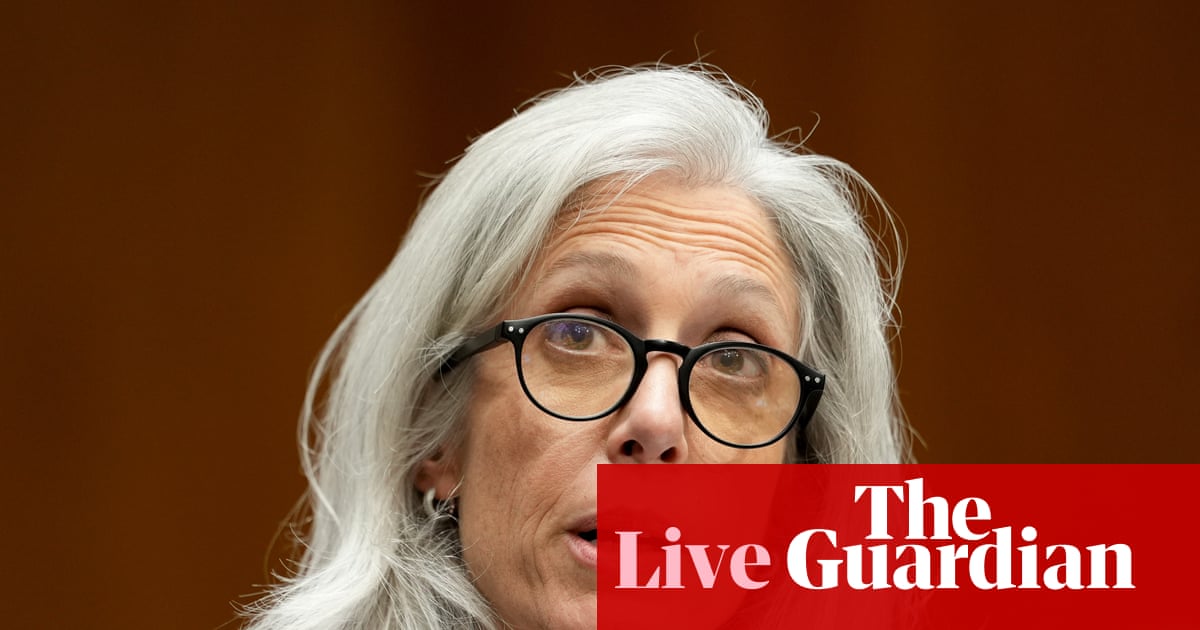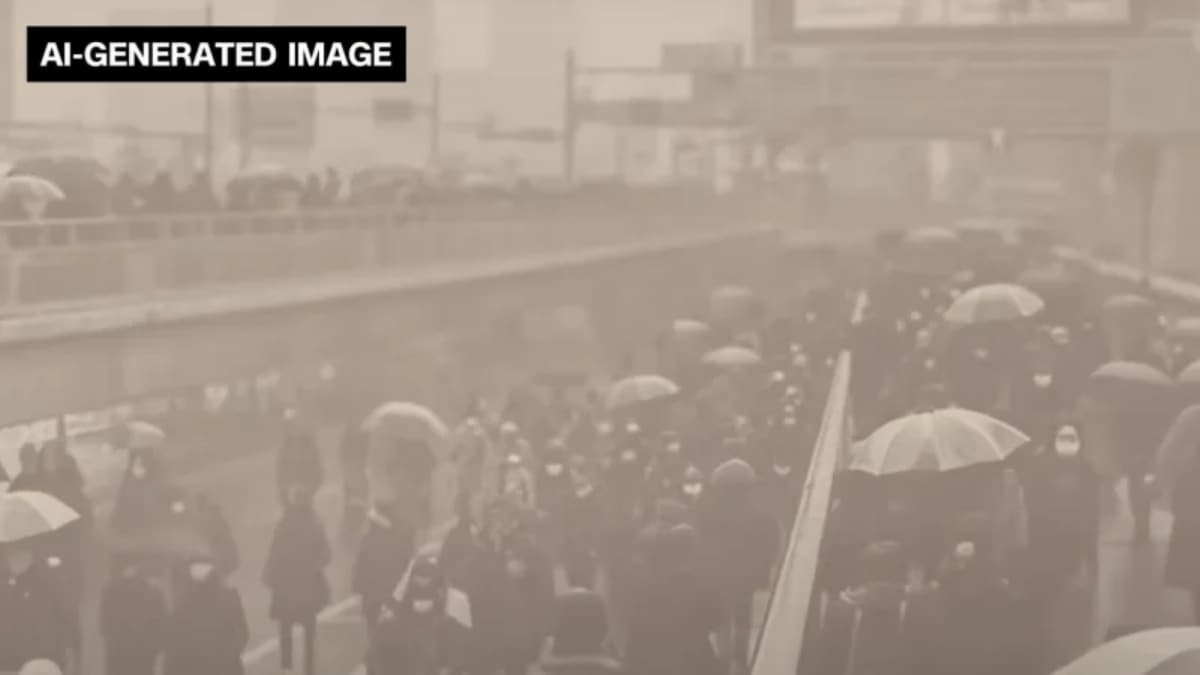Last Updated:August 28, 2025, 14:26 IST
Trump Tariffs on India: The PM and RSS chief are on the same page on ‘swadeshi’ and ‘atmanirbharta’ as the long-term solution, and no succumbing to pressure on trade

Interestingly, the Indian government so far has neither confirmed nor denied a German newspaper report that PM Modi had not taken President Trump’s calls when the latter tried to reach him at least four times. File pic/PTI
Trump Tariffs on India: When faced with adversity, always put national interest first. This has been Narendra Modi’s policy for years. Faced with bullying by arguably the world’s most powerful man in Donald Trump, and once a good friend, it is Prime Minister Modi who is the one standing up to him, even as much of the world has capitulated.
In anticipation of the 50% tariffs from the US that have now kicked in, PM Modi two days ago prudently referred to the impending development as “economic self-interest" prevalent worldwide, with “everyone busy serving their own agenda".
The Prime Minister will carry this thought with him to the SCO Summit in China later this week, where he will meet the Russian and Chinese presidents, a crucial triple axis that could checkmate the US in the long run. Donald Trump would be watching closely as Narendra Modi, Vladimir Putin, and Xi Jinping get into a huddle there.
India’s exports to the US stand at about $86 billion, barely 2% of our GDP, and only a part of this is affected by reciprocal tariffs. The actual value-added impact is even smaller. With strong macro fundamentals, robust growth, and India poised to become the world’s third-largest economy, it must view this challenge in perspective and not overstate its implications. The feeling in the government is also that India has weathered far greater crises in the past and emerged stronger. Hence, the PM’s response is being calm and confident—using this as an opportunity to push reforms, improve ease of doing business, and strengthen our domestic ecosystem.
At the same time, India is keeping communication channels with the US open while diversifying exports through FTAs and exploring new markets. After a successful Free Trade Agreement with the UK, PM Modi is also pushing for the early conclusion of a mutually beneficial India-European Union FTA. India’s large domestic demand and growing competitiveness, demonstrated recently with EVs being exported to 100 countries, give it the resilience and strength to navigate this phase without losing sight of the economy’s long-term trajectory.
Interestingly, the Indian government so far has neither confirmed nor denied a German newspaper report that PM Modi had not taken President Trump’s calls when the latter tried to reach him at least four times. When this correspondent asked the US State Department about the accuracy of the report, we were referred to the White House for a comment. But no luck yet.
There is no denying that the India-US relationship has been damaged by Trump’s reckless strategy of antagonising one and all, be it friends or adversaries. It is also a fact that 50% tariffs would hurt Indian businesses and exporters in the short run. But compromising on the interests of Indian farmers and small industries by signing on the dotted line as the US wants would hurt the country much more in the long run.
Hence, PM Modi has stressed “swadeshi" and “atmanirbharta" as the long-term solution. On Wednesday, RSS chief Mohan Bhagwat echoed the same thought when he said atmanirbharta (self-reliance) is the solution to all issues, and international trade should not be done under any pressure. The PM and the RSS chief are hence on the same page here on the way forward.
The Prime Minister has made it clear: India’s energy security and strategic autonomy are non-negotiable. India has never bent to global arm-twisting, even when our economy was not as strong as it is today, and we should stay that way. Instead of bowing, PM Modi has decided to turn this moment into an opportunity, which is pushing through bold, once-in-a-generation reforms and aggressively diversifying our export markets beyond the US.
At the same time, India should not lose a chance to expose the glaring hypocrisy of the US, where Washington sits across the table from Russia and cosies up to China—the biggest consumer of Russian oil—and yet singles out India for punitive tariffs. India must assert its own choices and ensure that its growth and resilience stand beyond the reach of any foreign pressure. That would be PM Modi’s best answer to Trump.

Aman Sharma, Executive Editor - Affairs at CNN-News18, and Bureau Chief at News18 in Delhi, has over two decades of experience in covering the wide spectrum of politics and the Prime Minister’s Office....Read More
Aman Sharma, Executive Editor - Affairs at CNN-News18, and Bureau Chief at News18 in Delhi, has over two decades of experience in covering the wide spectrum of politics and the Prime Minister’s Office....
Read More
August 28, 2025, 08:00 IST
News india 50% Tariffs: How PM Modi Is Standing Up To Trump And Absorbing Pressure
Disclaimer: Comments reflect users’ views, not News18’s. Please keep discussions respectful and constructive. Abusive, defamatory, or illegal comments will be removed. News18 may disable any comment at its discretion. By posting, you agree to our Terms of Use and Privacy Policy.
Read More

 7 hours ago
7 hours ago
